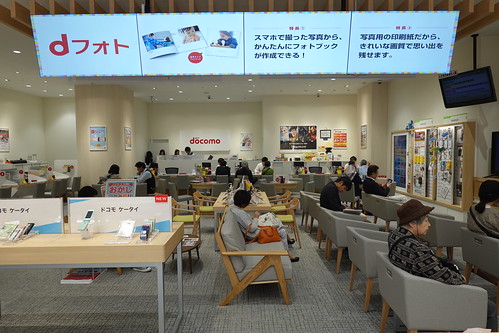Nces, priorities and future care for all those with kidney failure throughout the renal pathway to enable a culture change to most effective meet the wants of this population. This could only be accomplished by strengthening the assistance available to those with kidney failure and continued education and training of renal staff to minimise the avoidance of such discussion resulting from fear of causing distress. Such coaching ought to be tailored to highlight the significance of clear data giving, of ACP, where acceptable, along with the diverse and evolving desires of this population. AcknowledgementsThis operate is really a crucial element within a project led by NHS Kidney Care.
Next-generation sequencing (NGS) technologies has evolved quickly in the final 5 years, top for the generation of numerous millions of sequences (reads) in a single run. The amount of generated reads varies among 1 million for extended reads generated by Roche454 sequencer (400 base pairs (bps)) and two.four billion for quick reads generated by IlluminaSolexa and ABISOLIDTM sequencers (75 bps). The invention from the highthroughput sequencers has led to a substantial price reduction, e.g., a Megabase of DNA sequence costs only 0.1 [1].Correspondence: umitbmi.osu.edu 1 Department of Electrical and Pc Engineering, The Ohio State University, Columbus, OH, USA two Division of Biomedical Informatics, The Ohio State University, Columbus, OH, USA Complete list of author data is available at the end of your articleNevertheless, the massive level of generated information tells us practically nothing at all in regards to the DNA, as stated by Flicek and Birney [2]. That is because of the lack of suitable analysis tools and algorithms. Consequently, bioinformatics researchers began to consider new ways to effectively handle and analyze this substantial amount of information. One of the places that attracted quite a few researchers to perform on is definitely the alignment (mapping) on the generated sequences, i.e., the alignment of reads generated by NGS machines to a reference genome. Because, an effective alignment of this significant amount of reads with high accuracy is really a vital aspect in lots of applications’ workflow, such as genome resequencing [2], DNA methylation [3], RNASeq [4], ChIP sequencing, SNPs detection [5], genomic structural variants detection [6], and metagenomics [7]. Consequently, quite a few tools happen to be developed to undertake this challenging process like MAQ [8], RMAP [9], GSNAP [10], Bowtie [11], Bowtie2 [12], BWA [13], SOAP2 [14], Mosaik [15], FANGS [16], SHRIMP [17], BFAST [18],2013 Hatem et al.; licensee BioMed Central Ltd. This really is an  Open Access write-up distributed under the terms of your Inventive Commons Attribution License (http:creativecommons.orglicensesby2.0), which permits unrestricted use, distribution, and reproduction in any medium, offered the original perform is adequately cited.Hatem et al. BMC Bioinformatics 2013, 14:184 http:www.biomedcentral.com1471-210514Page two ofMapReads, SOCS [19], PASS [20], mrFAST [6], mrsFAST [21], ZOOM [22], Slider [23], SliderII [24], RazerS [25], RazerS3 [26], and Novoalign [27]. In addition, GPU-based tools have already been developed to optimally map far more reads such PubMed ID:http://www.ncbi.nlm.nih.gov/pubmed/21330032 as SARUMAN [28] and SOAP3 [29]. Even so, as a consequence of working with unique mapping tactics, each tool supplies various EMA401 chemical information trade-offs in between speed and high-quality on the mapping. For instance, the high-quality is generally compromised inside the following ways to lower runtime: Neglecting base excellent score. Limiting the amount of permitted mismatches. Disabling gapped alignment or limiting the gap l.
Open Access write-up distributed under the terms of your Inventive Commons Attribution License (http:creativecommons.orglicensesby2.0), which permits unrestricted use, distribution, and reproduction in any medium, offered the original perform is adequately cited.Hatem et al. BMC Bioinformatics 2013, 14:184 http:www.biomedcentral.com1471-210514Page two ofMapReads, SOCS [19], PASS [20], mrFAST [6], mrsFAST [21], ZOOM [22], Slider [23], SliderII [24], RazerS [25], RazerS3 [26], and Novoalign [27]. In addition, GPU-based tools have already been developed to optimally map far more reads such PubMed ID:http://www.ncbi.nlm.nih.gov/pubmed/21330032 as SARUMAN [28] and SOAP3 [29]. Even so, as a consequence of working with unique mapping tactics, each tool supplies various EMA401 chemical information trade-offs in between speed and high-quality on the mapping. For instance, the high-quality is generally compromised inside the following ways to lower runtime: Neglecting base excellent score. Limiting the amount of permitted mismatches. Disabling gapped alignment or limiting the gap l.